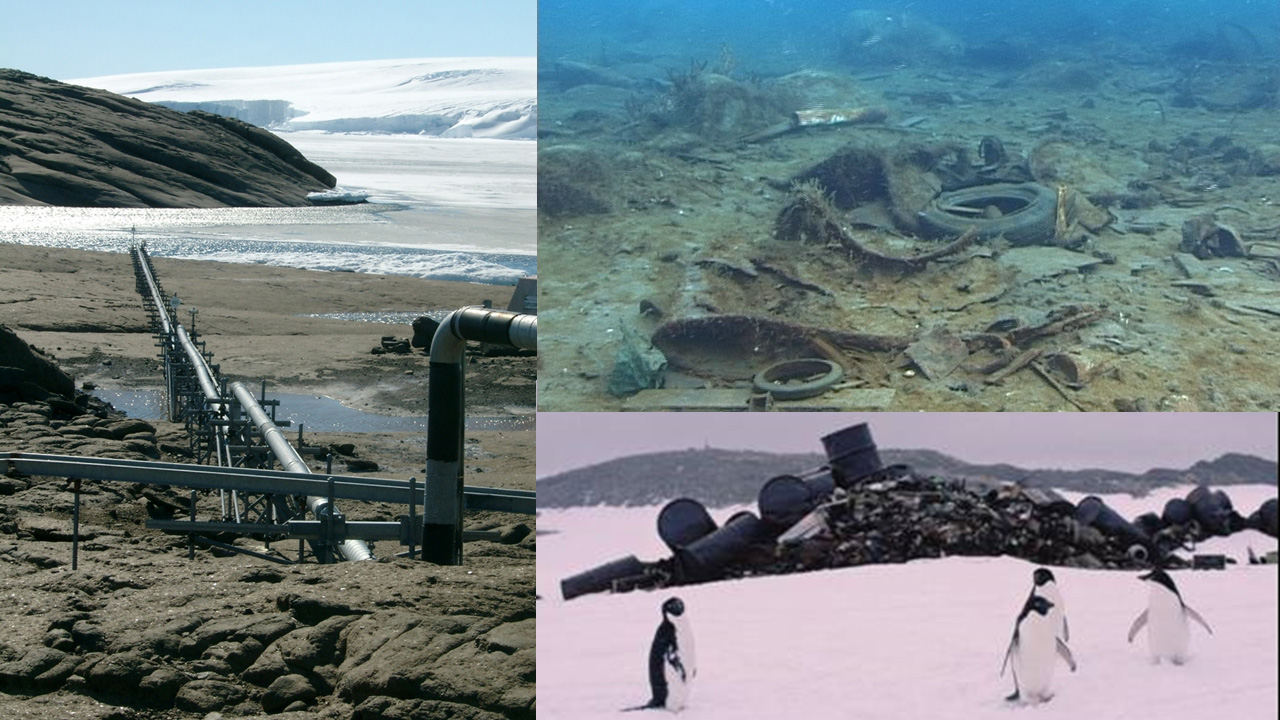Media release
From:
Multimedia

Pollution in Antarctic marine environments

Pollution in Antarctic marine environments (clockwise from top right): Rubbish on the seafloor adjacent to Casey Station, resulting from historical waste disposal practices (photo Chris Patterson); an abandoned waste disposal site, close to the shoreline near the former Wilkes station, which is a source of contaminants into the local marine environment (photo Ian Snape); wastewater disposal into the sea is common practice at most Antarctic stations and is a source of pollution (photo J. Stark).
- File size: 335.6 KB
- Attribution: Stark et al. & Australian Antarctic Division
- Permission category: © - Only use with this story
- Last modified: 09 Jul 2025 12:12am
- NOTE: High resolution files can only be downloaded here by registered journalists who are logged in.
Attachments
Note: Not all attachments are visible to the general public. Research URLs will go live after the embargo ends.

Journal/
conference: PLOS ONE
conference: PLOS ONE
Research:Paper
Organisation/s:
Australian Antarctic Division, University of Tasmania
Funder:
This research was funded by a Australian
Antarctic Science research grants to JSS (AAS
2201, 2948, 4127, 4180, 4633) by the Australian
Antarctic Division (https://www.antarctica.gov.au/).



 Australia; TAS
Australia; TAS


